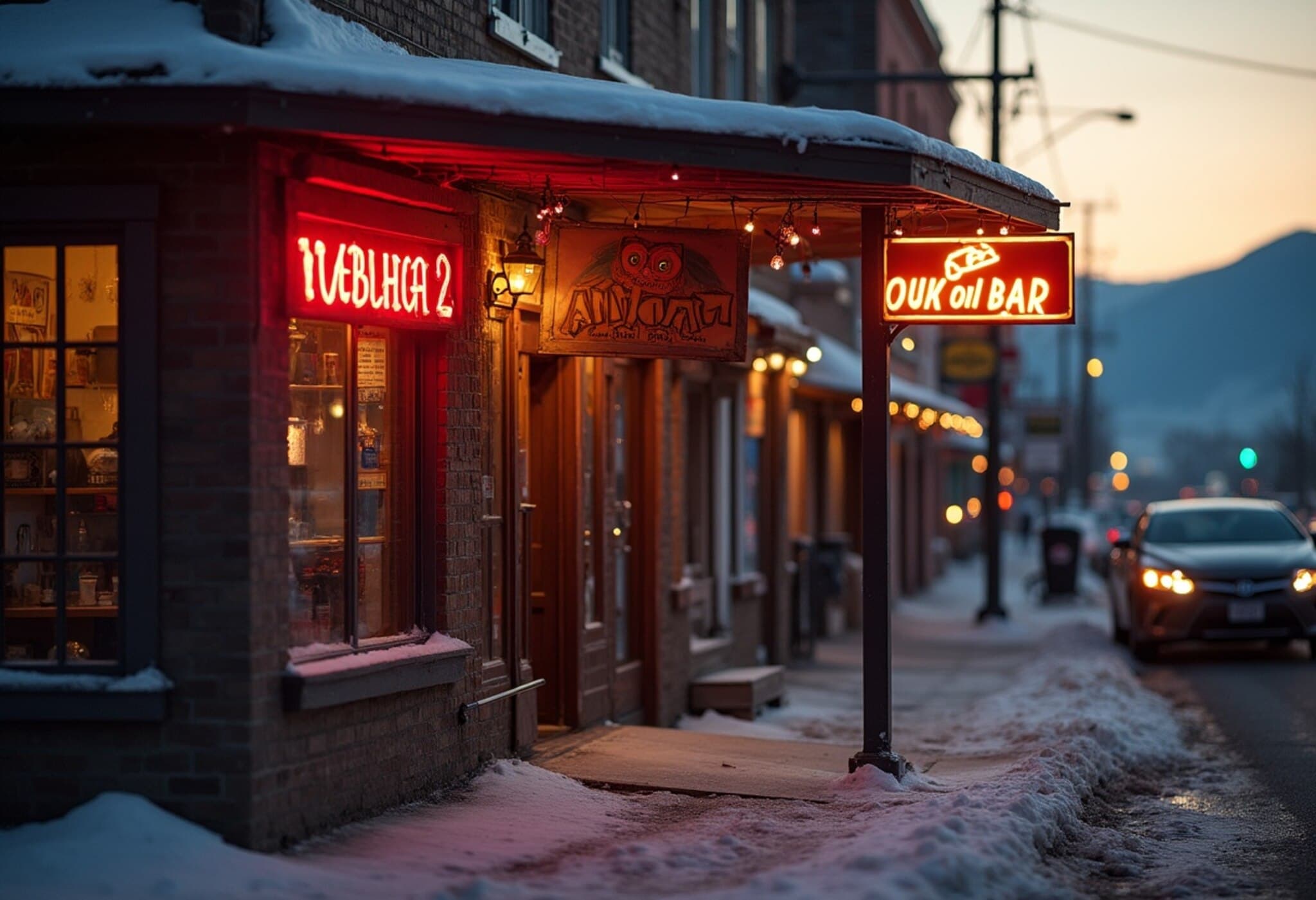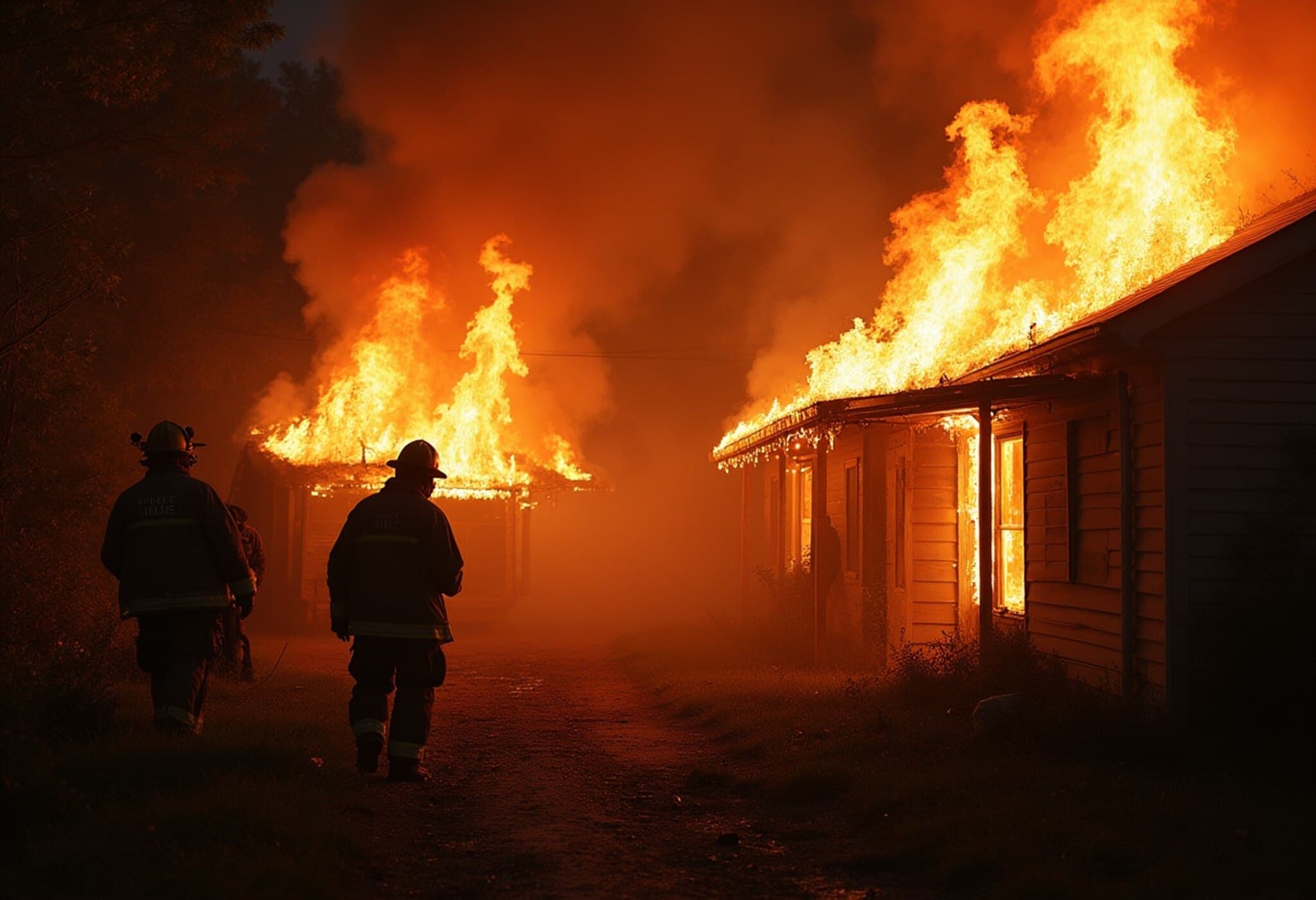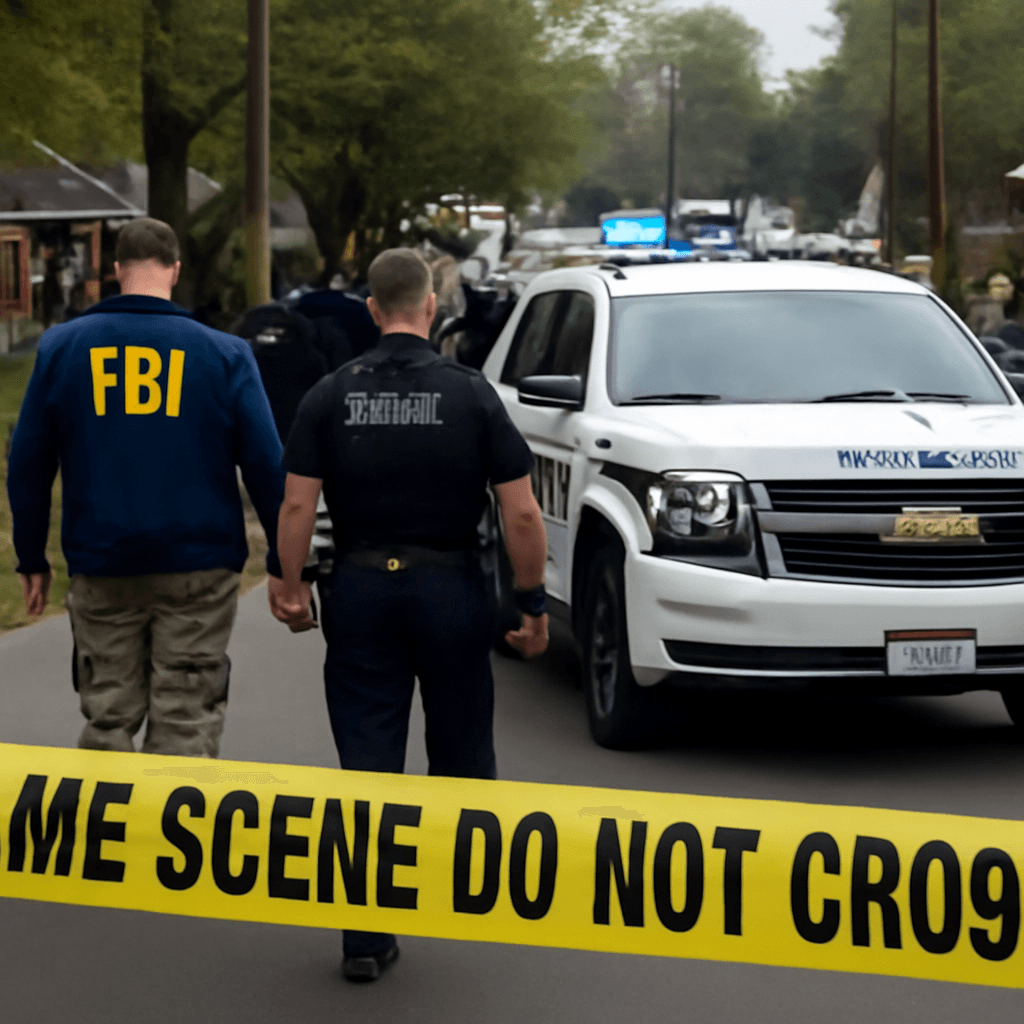Deadly Fire Rips Through Assisted Living Facility in Fall River, Massachusetts
In a tragic event that unfolded late Sunday evening, a fire engulfed Gabriel House Assisted Living Facility in Fall River, Massachusetts, resulting in the deaths of nine residents and leaving five others hospitalized. The facility, home to approximately 70 elderly residents at the time, faced a devastating blaze that tested the preparedness and resilience of local emergency services.
The Incident Unfolds: Timeline and Rescue Efforts
At around 9:30 p.m., thick smoke and flames were reported bursting through the three-story building’s main entrance. Fire Chief Jeffrey Bacon described a harrowing scene where numerous occupants were trapped, some desperately hanging from windows awaiting rescue.
"We managed to rescue at least a dozen individuals using ladders," Chief Bacon recounted. "Dozens more were evacuated in a coordinated response involving fire, police, and emergency medical services." The prompt action of roughly 50 firefighters prevented a larger catastrophe, though five firefighters suffered non-life-threatening injuries during the operation.
Casualties and Damage Assessment
Nine residents were confirmed dead at the scene, and one more remains in critical condition in hospital. The fire was largely confined to one wing of the facility, but smoke damage affected the entire building, complicating recovery and evacuation efforts.
Safety Measures and Ongoing Investigation
Gabriel House is equipped with sprinkler systems and audible fire alarms. However, according to Chief Bacon, it remains unclear whether these alarms were fully operational at the time of the fire. This uncertainty underscores the complex challenges assisted living facilities face in maintaining rigorous safety standards amidst an aging infrastructure.
The exact cause of the blaze is still under active investigation by state fire authorities, reflecting a broader concern about fire safety in elder care facilities nationwide.
Contextual Insight: Fire Safety in Assisted Living Facilities
Assisted living facilities house vulnerable populations who often require help with mobility and daily care, making timely evacuations particularly challenging during emergencies. In Massachusetts and across the U.S., regulations mandate fire safety protocols including sprinkler systems, alarms, and emergency drills. Yet, incidents like this highlight persistent gaps in ensuring these safety measures function flawlessly when every second counts.
Building codes, staff training, and regular safety audits are critical, but the evolving nature of these facilities — many operating in older buildings — demands a renewed policy focus on upgrading and enforcing fire prevention measures.
Community Impact and Response
Gabriel House has been a fixture in the Fall River community since its opening in 1999, providing care for hundreds of residents over the years. Local officials and residents expressed profound sorrow and rallied to support the victims’ families, revealing the deep personal and social ramifications such tragedies carry beyond statistics.
Looking Ahead: Lessons and Questions Raised
- How can assisted living facilities better ensure functional emergency systems to prevent loss of life?
- What role should regulatory agencies play in conducting more frequent and rigorous fire safety audits?
- How can community preparedness and staff training be enhanced to improve evacuation outcomes?
As investigations continue, this incident serves as a solemn reminder of the urgent need to safeguard one of the most vulnerable groups in society – our elderly in care facilities.
Editor's Note
The devastating fire at Gabriel House underscores critical issues around elderly care safety that deserve heightened attention from policymakers, facility administrators, and the community at large. Beyond the immediate tragedy, ensuring effective fire prevention and emergency response mechanisms is essential to protect lives and restore trust in elder care services. Readers are encouraged to reflect on the ongoing challenges faced by assisted living facilities nationwide and consider how communities can advocate for stronger safeguards.













